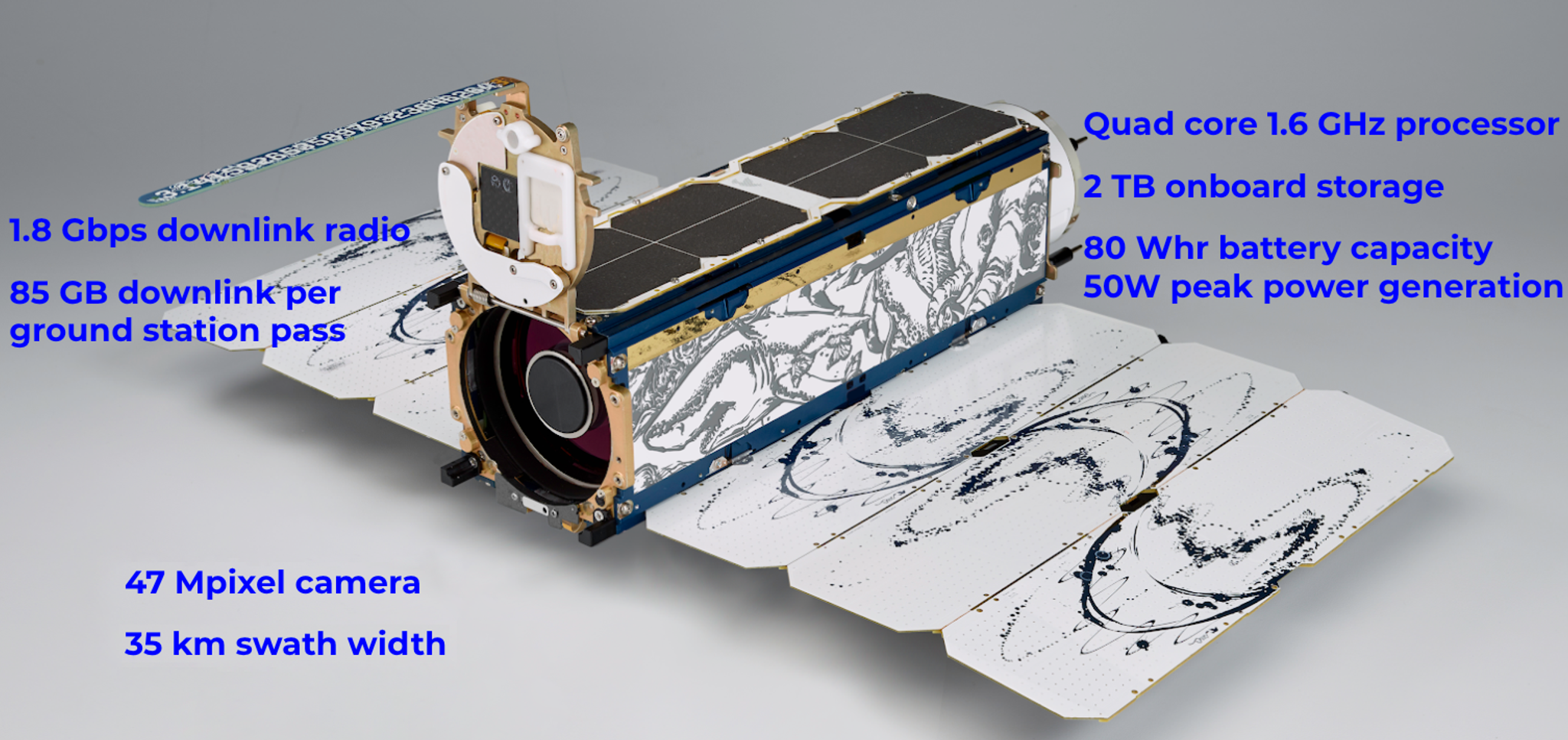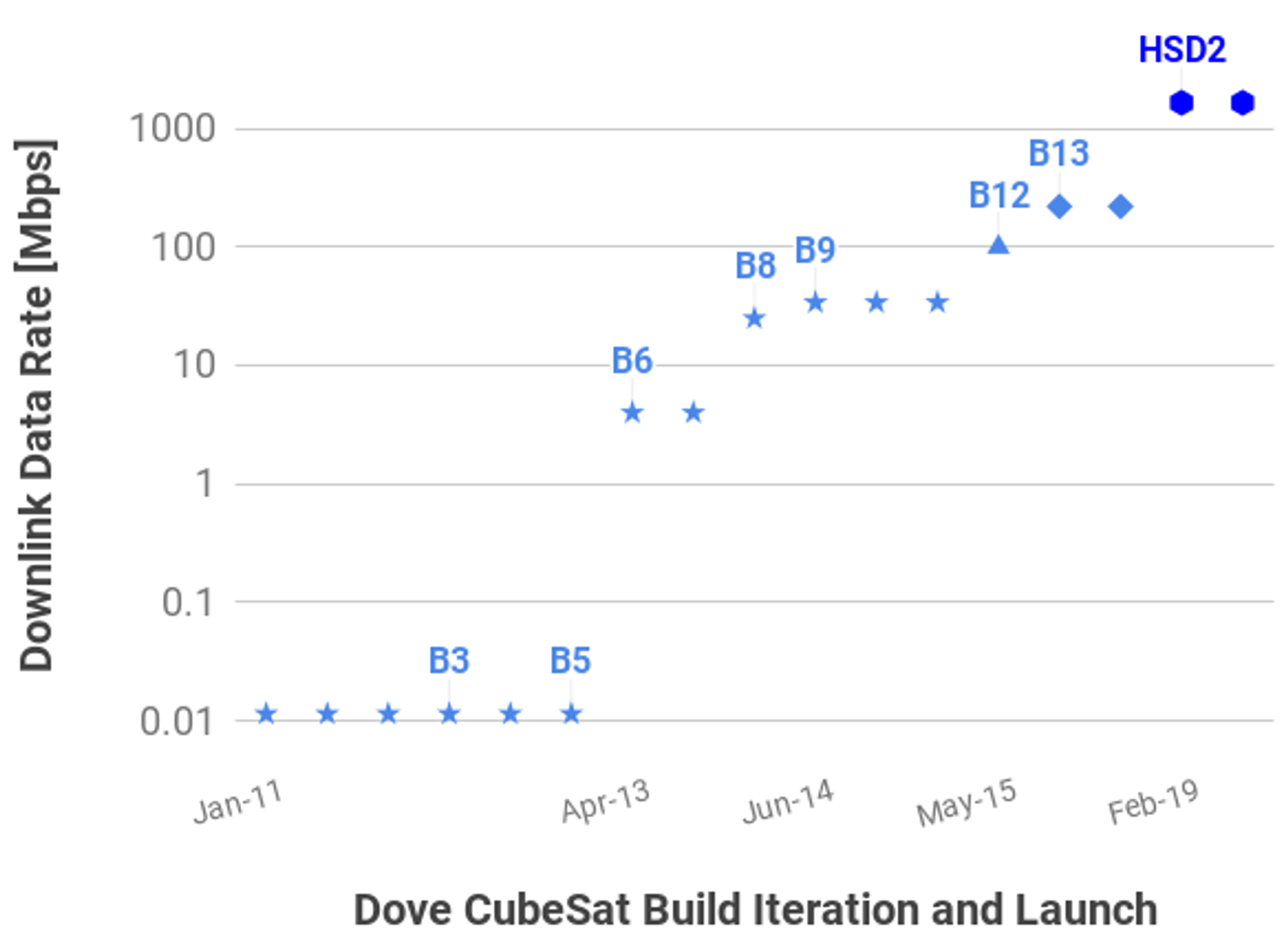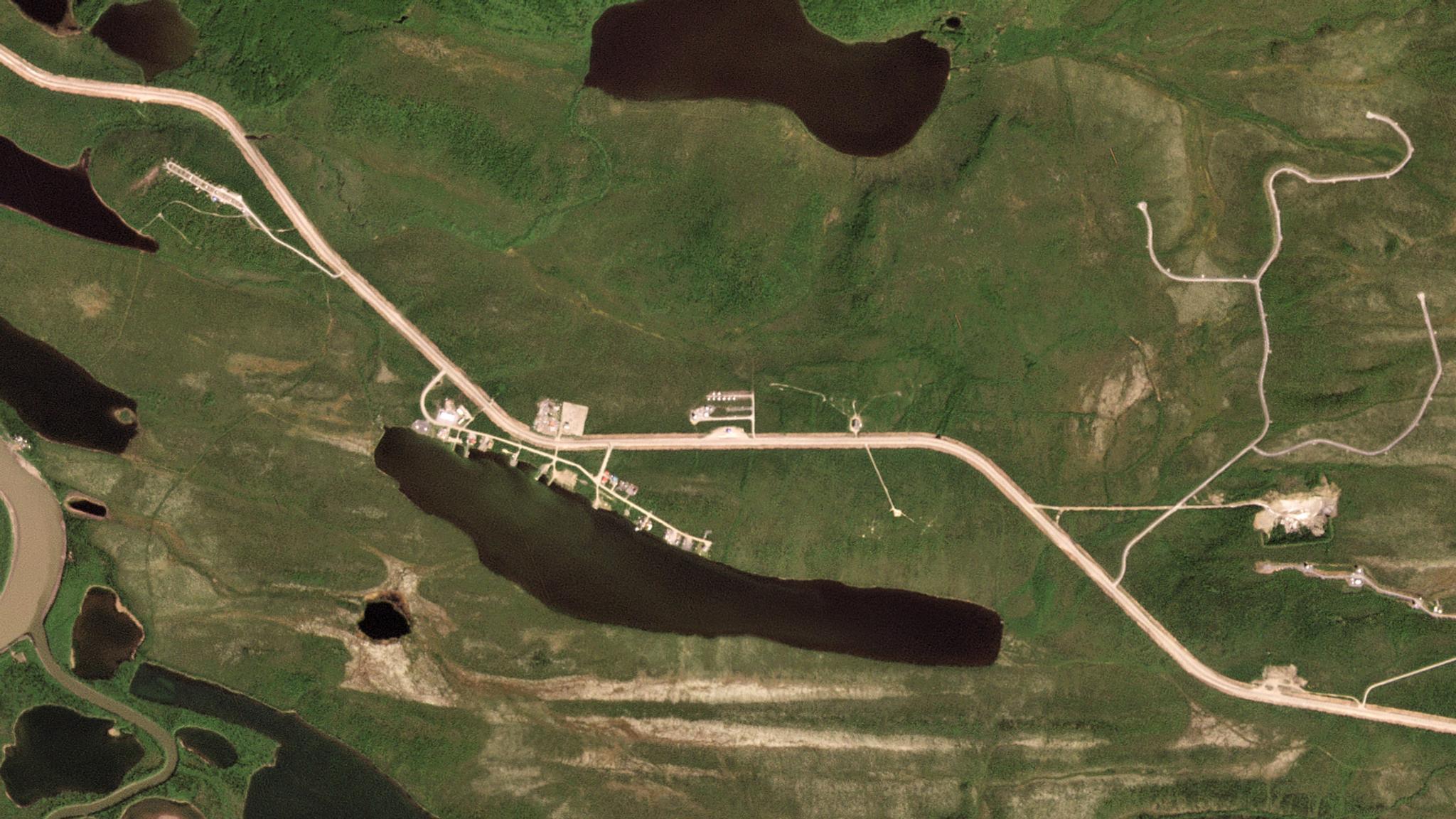B14: The Cubesat with One of the World’s Fastest Satellite Radios

Canadian satellite ground station Inuvik © 2019, Planet Labs Inc. All Rights Reserved.
TechAgile aerospace supports rapid prototyping, continuous iteration, and adaptation of the latest commercial-off-the-shelf (COTS) technology—and our Build 14 Dove (B14) is agile aerospace at its finest. What’s under the hood? We’ve had more than a few inquiries and want to share some of the latest updates. Planet’s Build 14 Dove includes the best-in-class sensor, optics, and bus capabilities per kilogram in the industry, and is one of the most improved Dove iterations in the history of Planet. Its creation greatly improves our satellites’ capabilities, including additional spectral bands, and allows us to continuously launch higher performant satellites that provide better quality data to a variety of industries.





Ready to Get Started
Connect with a member of our Sales team. We'll help you find the right products and pricing for your needs.

